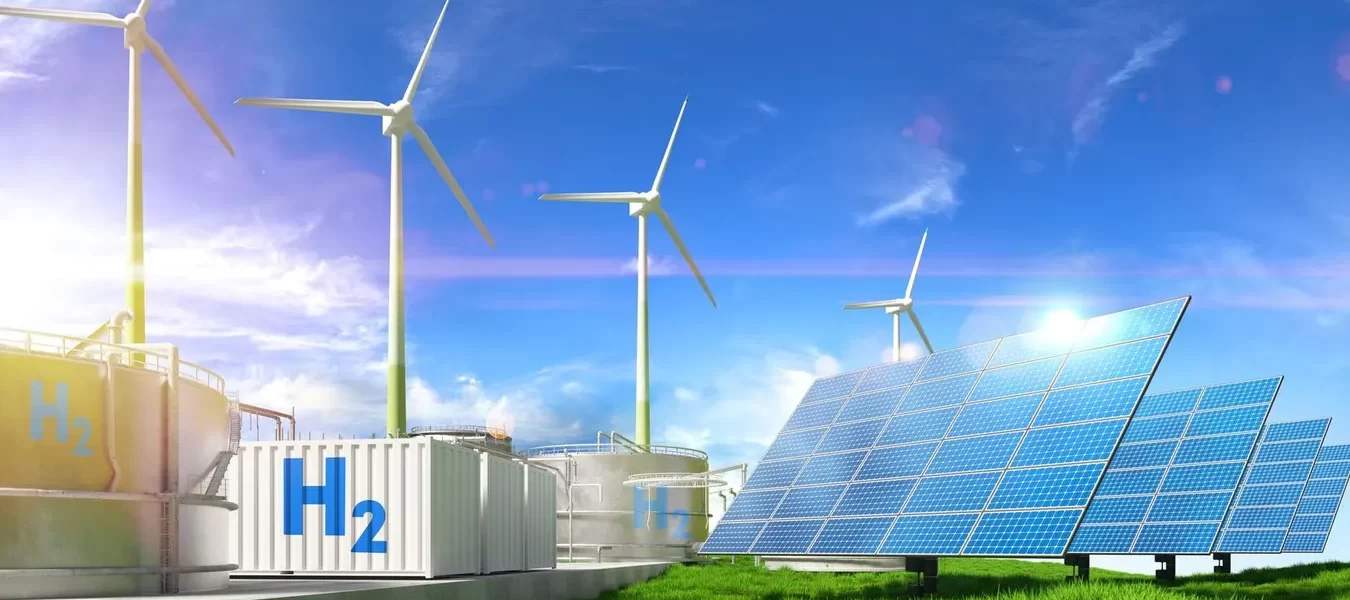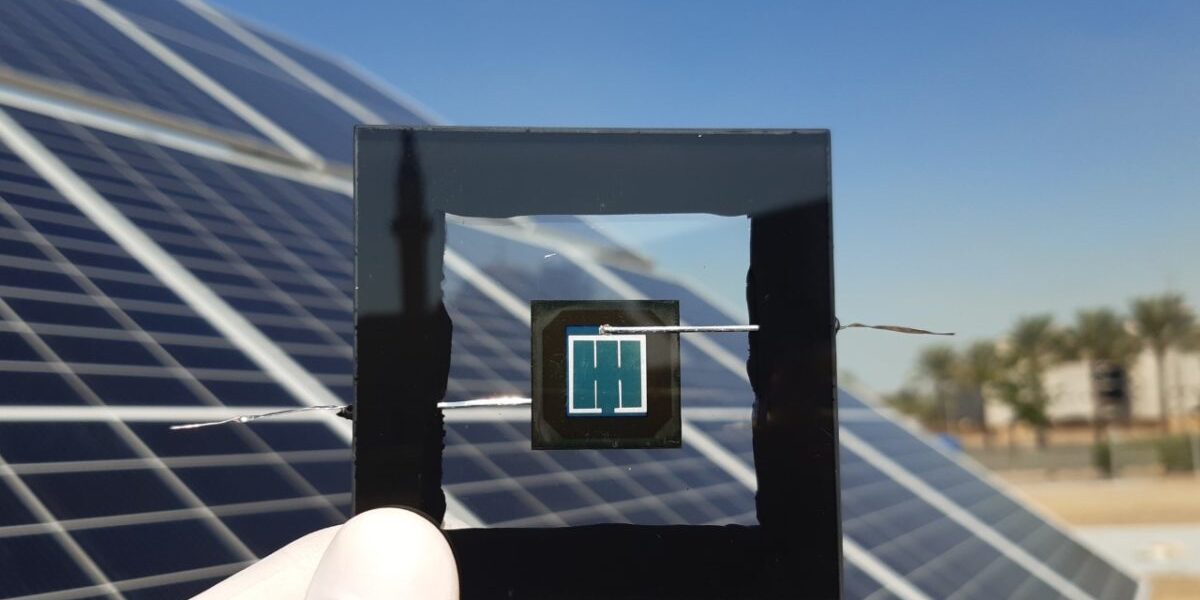Revolutionizing Fertilizers for a Greener Future
Prof. Aécio D’Silva, Ph.D
AquaUniversity
Summary: Green hydrogen-based green ammonia offers a sustainable alternative to traditional synthetic fertilizers. By producing green ammonia locally, we can enhance agricultural productivity while minimizing environmental harm.
Green Ammonia – In the quest for sustainable agriculture, green hydrogen-based ammonia emerges as a promising solution. This innovative approach not only provides a locally produced, eco-friendly fertilizer alternative but also significantly reduces the environmental impact associated with conventional synthetic fertilizers. Let’s explore how green ammonia can revolutionize agriculture and contribute to a greener future.
Category: Green Renewable Resource
Hydrogen Fuel Cell Cars: How a Fuel Cell Vehicle Works
A Guide to The Technology, Benefits, And Challenges of Hydrogen-Powered Vehicles
Prof. Aécio D’Silva, Ph.D. and Team
Hydrogen fuel cell cars are a type of electric vehicle that uses hydrogen as a fuel to generate electricity on board. Unlike conventional electric vehicles that rely on batteries to store electricity, hydrogen fuel cell cars produce their own electricity using a device called a fuel cell. In this Collaborative Intelligence post, we will explain how a fuel cell vehicle works, what are its advantages and disadvantages, and what are the prospects and barriers for its adoption.
Green Hydrogen from Solar Energy: What It Is, How It Is Produced, and Why It Is Important for a Future Clean Environment
Green hydrogen is a form of renewable energy that can be produced from water and sunlight and can be used to power various applications, such as transportation, industry, and electricity
Prof. Aécio D’Silva, Ph.D
Green hydrogen is hydrogen that is produced by splitting water by electrolysis, using electricity that has been generated using renewable energy sources, such as solar or wind power. This process produces only hydrogen and oxygen, and does not emit any greenhouse gases or pollutants. Green hydrogen can be used to power various applications, such as transportation, industry, and electricity, by using fuel cells, turbines, or boilers. Green hydrogen can also be stored, transported, and distributed, by using tanks, pipelines, or trucks. Green hydrogen can help reduce the dependence on fossil fuels and contribute to the decarbonization and sustainability of the energy system.
Perovskite-Silicon Tandem Solar Cells: A Bright Future for Renewable Energy?
How a New Kind of Solar Cell Can Boost the Efficiency and Lower the Cost of Solar Power Generation
Prof. Aécio D’Silva, Ph.D
Perovskite-Silicon Tandem Solar Cells – Solar energy is one of the most abundant and clean sources of renewable energy, but it still faces some challenges, such as low efficiency, high cost, and intermittency. To overcome these challenges, researchers and companies are developing a new kind of solar cell that combines two different materials: perovskite and silicon. These perovskite-silicon tandem solar cells have the potential to deliver more power, use less space, and reduce the environmental impact of solar power generation.
Green Chemicals Are Essential to Viable Green/Biofuel Programs
By: Dr. John Kyndt – Head Scientist of the Renewable Energy Program at Advanced Energy Creations Lab . An issue often overlooked by scientists, politicians […]
Read more





